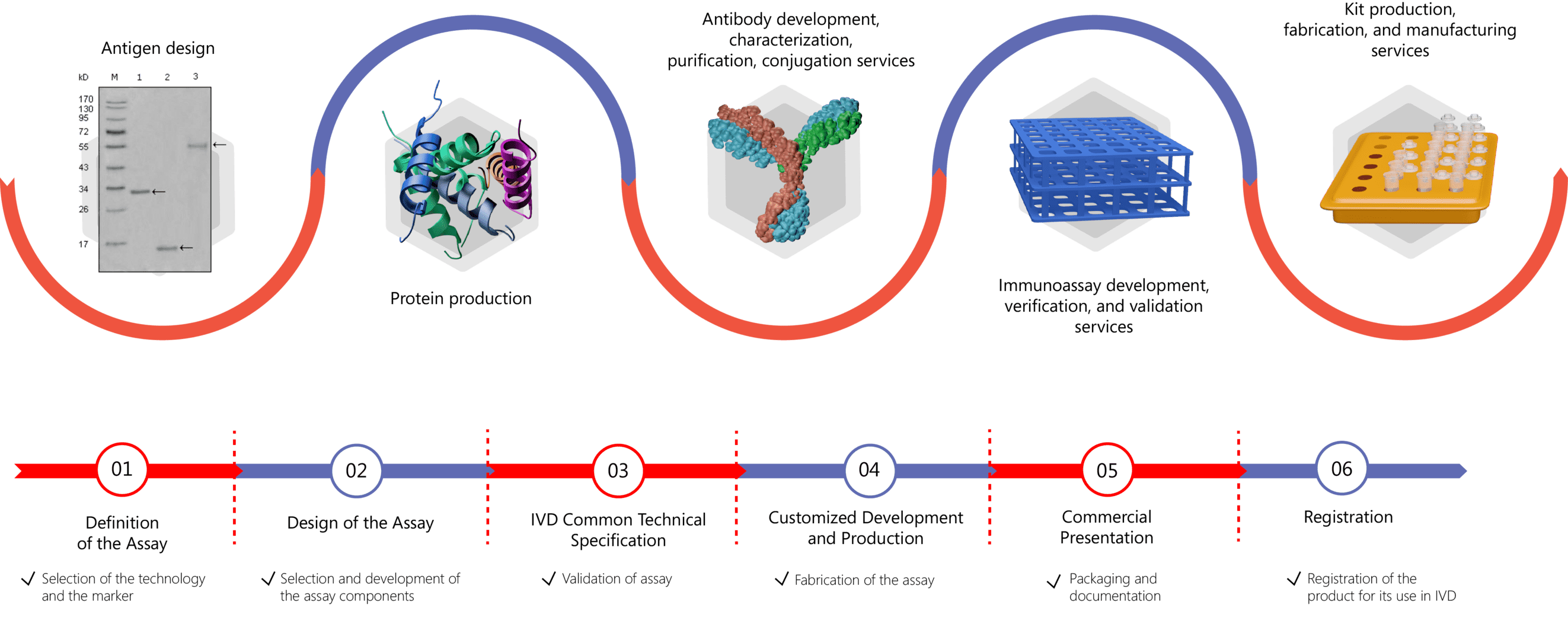Infectious diseases are caused by pathogenic microorganisms, such as bacteria, viruses, parasites, and fungi, and can spread between individuals directly or indirectly. Some infectious diseases can be passed from person to person, for example through contact with bodily fluids, by aerosols (through coughing and sneezing). Some are transmitted by bites from insects or animals. Zoonotic diseases are infectious diseases of animals that can cause disease when transmitted to humans. Some infections can be acquired by ingesting contaminated food or water or being exposed to organisms in the environment. Microorganisms that cause disease are collectively called pathogens, which are tiny living things that are found everywhere - in air, soil, and water.
Pathogens cause diseases either by disrupting the bodies' normal processes and/or stimulating the immune system to produce a defensive response, resulting in high fever, inflammation, and other symptoms. Signs and symptoms vary depending on the organism infected but often include fever and fatigue. Infectious diseases kill more people worldwide than any other single cause.
Different Pathogens That Cause Infectious Diseases
 Fig.1 The morphology of Salmonella bacteria.1
Fig.1 The morphology of Salmonella bacteria.1
Bacteria - single-celled germs that multiply quickly and may release chemicals which can make you sick. They come in many shapes including ball-, rod- and spiral-shaped, which are spread in many ways including: by aerosols, surface and skin contact, body fluids, etc. Antibiotics are usually given to treat severe bacterial infections.
Viruses - capsules that contain genetic material, and use your own cells to multiply, which replicates only in the living cells of other organisms. They can infect all types of life forms which can be spread in many ways including insects, aerosols, sexual contact, infected blood, etc. Viruses can often be prevented through vaccines.
Fungi - primitive plants characterized by cell walls made from a substance called chitin. Fungi reproduce by releasing spores that can be picked up by direct contact or even inhaled. Fungal infections include athlete's foot, ringworm, thrush, etc. Infections often affect the lungs, skin or nails. Some infections may also penetrate the body to affect organs and cause whole-body infections.
Parasites - one-celled organisms that live in or on another organism and benefit by getting nutrients at the expense of their host. Parasites can be found in many different body sites, for example in the blood, liver, digestive system, brain, and even the eyes. There are several groups of parasites that infect humans: roundworms, protozoa, tapeworms, and flukes.
Diagnosis of Infectious Diseases
Diagnosis of infectious diseases is nearly always initiated by medical history, physical, and symptomatic examination. Then, to confirm which specific microorganism is causing the infection, it is required to isolate and culture the infectious agents from a patient. Many laboratory tests can be used to identify the pathogens in different samples from the body (e.g., blood, urine, tissues, or other fluids). The identification is made through staining and examination of the microscopic features, detection of the presence of substances produced by pathogens, and by direct identification of an organism by its genotype. Often, different tests are conducted to narrow the possibilities. Besides, techniques such as X-rays and nuclear magnetic resonance (NMR) are used to obtain images of internal abnormalities resulting from the pathogens and to distinguish infections from other possible disorders.
In Vitro Diagnostic (IVD) Immunoassays That Detect Microorganisms
Immunoassay detection of specific antigens (antigen tests) and host-produced antibodies directed against such antigens (antibody tests) constitutes one of the most widely used and successful methods for diagnosing infectious diseases. On one hand, antigen tests detect the presence of a microorganism directly with pre-coated antibodies on the enzyme-linked immunoassay (ELISA) or lateral flow immunoassay (LFIA) platform. On the other hand, antibody tests can be done with pre-coated antigens of the pathogens. Because it takes time to produce enough antibodies to be detected, diagnosis of infection by antibody tests may be delayed and repeated several times to ensure the right diagnosis. Besides, nucleic acid-based identification tests and enzyme-based tests can also be used when necessary.
IVD Antibody Development Services Provided by Creative Biolabs
As a well-recognized antibody service provider, Creative Biolabs has rich experience in the generation of high-quality antibody (pairs) for the development of novel IVD immunoassays targeting various pathogens of multiple infectious diseases using our state-of-the-art antibody development technologies. Moreover, we offer one-stop diagnostic immunoassay development services, covering feasibility analysis, assay design, assay protocol establishment, assay validation, and kit production. For more information, please click the following links:
- IVD Antibody Development
- Antibody Pair Development
- Antibody & Protein Conjugation
- IVD Immunoassay Development

Our expertise lies in a wide range of infectious diseases as follows:
| Respiratory Infections › | Gastrointestinal Infections › | Food & Water Infections › |
| Childhood Infections › | Sexually Transmitted Diseases › | ToRCH › |
| Tropical Infections › | Prion Infections › | Sepsis › |
Features of Our IVD Antibody Development Services
- Our repertoire includes both established and novel biomarkers
- A specialized technical team and abundant experience in antibody development
- State-of-the-art techniques and short turnaround time
- Services are tailored to meet the needs of our valued IVD clients.
Please feel free to contact us for more information and a formal quote.
Reference
- From Wikimedia: By NIAID, CC BY 2.0, without modification, https://commons.wikimedia.org/wiki/File:Salmonella_Bacteria_(5613656967).jpg.
For Research Use Only.

